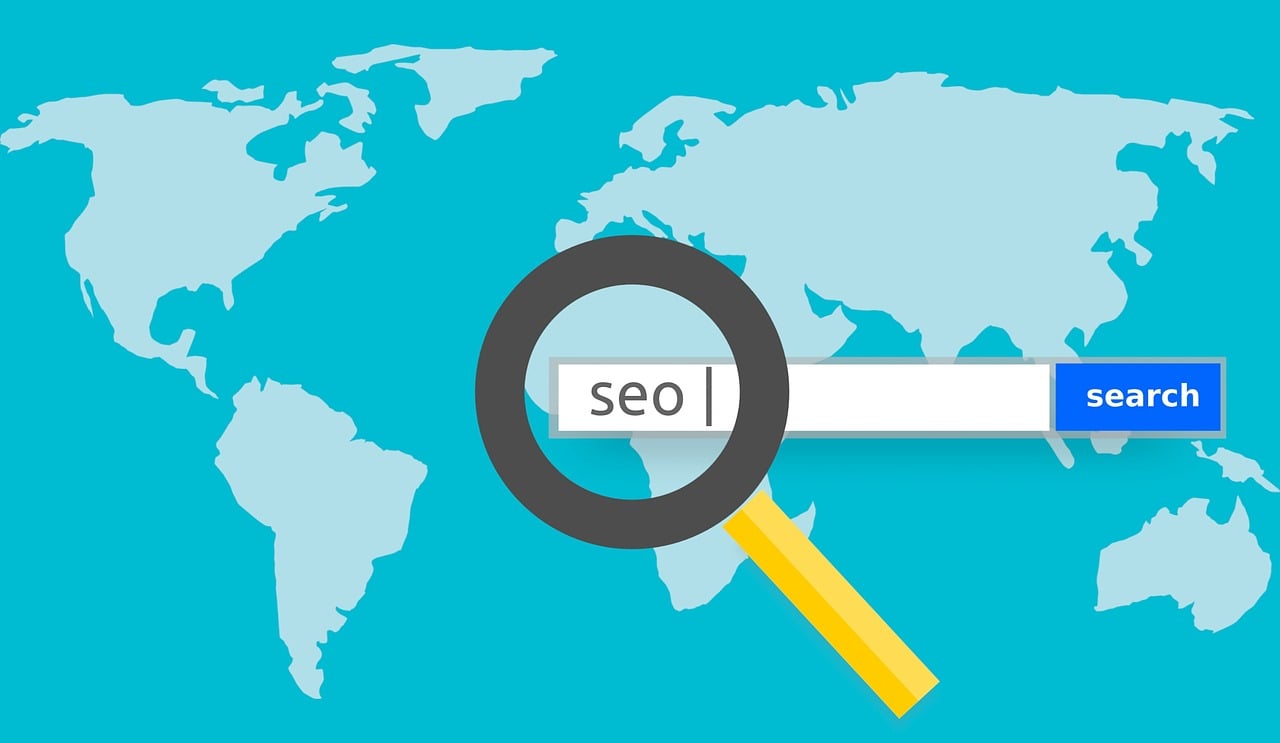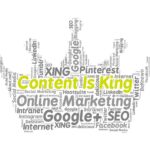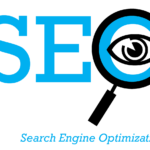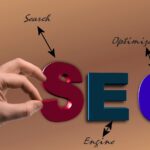In the digital realm, where online visibility is paramount, understanding the nuances of Search Engine Optimization (SEO) and Search Engine Marketing (SEM) is crucial. These two acronyms are often used interchangeably, but they represent distinct strategies with different goals and methodologies. In this comprehensive guide, we will decode the key differences between SEO vs. SEM, helping you make informed decisions about the most suitable approach for your online presence.
Understanding SEO: Building Organic Visibility
Search Engine Optimization (SEO) is a multifaceted strategy aimed at improving a website’s visibility in organic (unpaid) search engine results. The primary goal of SEO is to enhance the quality and relevance of a website’s content to make it more appealing to search engines and, consequently, to users. Let’s delve into the core components of SEO:
1. On-Page Optimization: The Foundation of SEO
On-page optimization involves fine-tuning individual pages to make them more search engine-friendly. This includes optimizing meta titles, meta descriptions, headings, and incorporating relevant keywords strategically within the content. Crafting high-quality, informative content is essential, as search engines aim to deliver the most relevant results to users.
2. Off-Page Optimization: Building Authority and Trust
Off-page optimization focuses on factors external to your website that influence its credibility and authority. Backlinks, social media signals, and online mentions play a pivotal role in off-page SEO. Building a robust backlink profile from reputable sources is a key element in establishing your website’s authority in the eyes of search engines.
3. Technical SEO: Ensuring a Smooth User Experience
Technical SEO deals with the technical aspects of website optimization. This includes improving site speed, mobile-friendliness, and ensuring proper website architecture. Search engines prioritize websites that provide a seamless and efficient user experience, and technical SEO is instrumental in meeting these criteria.
4. Content is King: Providing Value to Users
The saying “Content is King” holds true in the realm of SEO. Creating valuable, relevant, and engaging content not only attracts visitors but also establishes your website as an authoritative source in your niche. Search engines reward websites that consistently produce high-quality content with higher rankings.
Unveiling SEM: Paid Strategies for Immediate Visibility
Search Engine Marketing (SEM), on the other hand, is a broader term that encompasses paid strategies to increase a website’s visibility in search engine results. Unlike SEO, SEM involves investing financial resources to promote a website and its content through paid advertising. The primary components of SEM include:
1. Paid Search Advertising: The Core of SEM
Paid search advertising, commonly known as Pay-Per-Click (PPC) advertising, is a fundamental aspect of SEM. Advertisers bid on keywords relevant to their business, and their ads appear at the top of search engine results when users search for those keywords. The advertiser pays a fee each time their ad is clicked, hence the term Pay-Per-Click.
2. Display Advertising: Visual Appeal for Brand Exposure
Display advertising involves creating visually appealing ads in various formats, including banners and multimedia content. These ads are displayed on websites within the Google Display Network or other advertising networks. Display advertising is an effective way to enhance brand visibility and reach a broader audience.
3. Social Media Advertising: Leveraging Social Platforms
Social media platforms offer powerful advertising options that fall under the umbrella of SEM. Paid advertising on platforms like Facebook, Instagram, Twitter, and LinkedIn allows businesses to target specific demographics, interests, and behaviors, maximizing the effectiveness of their campaigns.
4. Remarketing: Reconnecting with Interested Users
Remarketing, also known as retargeting, involves showing ads to users who have previously visited your website but did not take the desired action. By staying visible to users across various online platforms, remarketing aims to re-engage potential customers and guide them back to your site.
Decoding the Key Differences – SEO vs. SEM
Now that we’ve explored the fundamental components of both SEO and SEM, let’s decode the key differences that set these two strategies apart:
1. Nature of Traffic: Organic vs. Paid
- SEO: Generates organic traffic, meaning visitors who find your website through unpaid search engine results. The traffic is driven by the relevance and quality of your content to users’ queries.
- SEM: Drives paid traffic through advertising. Advertisers pay for each click (PPC), and the visibility of their ads is influenced by bid amounts and ad relevance.
2. Timing and Speed of Results
- SEO: Results in SEO are gradual and may take time to materialize. It’s a long-term strategy that builds sustainable visibility over time.
- SEM: Provides immediate visibility and results. Once a PPC campaign is launched, ads can appear at the top of search results almost instantly.
3. Cost Structure
- SEO: Generally incurs ongoing costs related to content creation, technical optimization, and backlink building. However, there’s no direct payment for each click or impression.
- SEM: Involves direct costs for each click or impression, depending on the bidding strategy and budget allocated to the campaign.
4. Sustainability and Long-Term Strategy
- SEO: A sustainable long-term strategy that, when executed effectively, can lead to consistent organic traffic. However, it requires ongoing efforts to adapt to algorithm changes and industry trends.
- SEM: Offers immediate visibility but is not sustainable in the long term without continuous investment. Visibility diminishes once the advertising budget is exhausted.
5. Click-through Rate (CTR) and Conversion Rates
- SEO: CTR and conversion rates in SEO are influenced by the quality and relevance of content. Users are more likely to click and convert when the content aligns with their needs.
- SEM: CTR and conversion rates in SEM are influenced by ad relevance, targeting, and the effectiveness of the landing page. Advertisers have more control over these factors through ad customization.
Choosing the Right Strategy for Your Business – SEO vs. SEM
Deciding between SEO and SEM depends on various factors, including your business goals, budget, and timeline. Consider the following scenarios to guide your decision:
1. Choose SEO When:
- Long-Term Growth is the Goal: If you’re looking for sustainable, long-term growth and are willing to invest time and resources upfront, SEO is the ideal choice.
- Limited Budget for Paid Advertising: If you have budget constraints and prefer not to incur ongoing costs for each click, SEO offers a cost-effective solution.
- Building Organic Authority Matters: If establishing your website as an authoritative source in your industry is a priority, SEO is the path to building organic authority over time.
2. Choose SEM When:
- Immediate Visibility is Crucial: If you need immediate visibility and want to reach your audience quickly, SEM, particularly PPC advertising, can deliver immediate results.
- Testing and Iterating Quickly: If you want to test different ad copies, target specific demographics, and iterate on your strategies rapidly, SEM provides a more agile approach.
- Competing in a Saturated Market: If your industry is highly competitive, SEM can give you a competitive edge by securing top positions in search results through paid advertising.
Integration for Comprehensive Digital Marketing
While SEO and SEM are distinct strategies, they are not mutually exclusive. In fact, integrating both can create a comprehensive digital marketing approach that maximizes your online visibility. Here’s how they can work harmoniously:
1. Maximize Visibility with Paid and Organic Listings
- SEO: Secures organic listings in search results.
- SEM: Provides additional visibility through paid listings at the top of search results.
2. Boost Immediate Results with SEM While Building Long-Term Presence with SEO
- SEO: Builds a solid foundation for long-term organic visibility.
- SEM: Provides immediate visibility and results to complement the gradual growth of SEO.
3. Strategic Keyword Insights
- SEO: Informs organic keyword targeting based on user intent and search behavior.
- SEM: Provides immediate insights into the performance of specific keywords, guiding both paid and organic keyword strategies.
4. Comprehensive Audience Targeting
- SEO: Targets audiences organically based on content relevance.
- SEM: Offers detailed audience targeting options, especially in social media advertising, to reach specific demographics.
Conclusion: SEO vs. SEM, Striking the Right Balance
In the dynamic landscape of digital marketing, the choice between SEO and SEM is not a binary decision. The most successful online strategies often involve a balanced approach that leverages the strengths of both methodologies. Striking the right balance between organic and paid visibility ensures a comprehensive and effective digital marketing strategy that adapts to the evolving needs of your business.
As you navigate the intricate world of online visibility, consider your business objectives, budget constraints, and the timeline for achieving your goals. Whether you choose the organic path of SEO or the immediate visibility of SEM, or a combination of both, a strategic and well-informed approach is key to unlocking the full potential of your online presence.
Embark on this digital marketing journey with a clear understanding of the differences between SEO vs. SEM, and tailor your strategy to align with the unique needs and aspirations of your business.







Leave a Reply